
The Belle Époque exterior of the Hermitage, Monte Carlo
From the Monaco F1, to small dogs and a tycoon-worthy breakfast, Darius Sanai recounts his stay at the ultra-luxury Hôtel Hermitage Monte-Carlo, Monaco.
From our balcony at the Hermitage, we had one of the most satisfyingly iconic views in the world. The sweep of Monte-Carlo’s harbour, with the Norman Foster-designed Yacht Club to the left, yachts moored in peace in the middle, the royal palace to the right and, above it all, the mountainsides of the Alpes-Maritimes. You could trace the route of the Monaco F1 race with your finger, from right to left and back again in a loop.
Follow LUX on Instagram: @luxthemagazine
The Hermitage is perched on a rock, as most of Monaco’s institutions are, just across from Casino Square. You walk in through a sweep of ladies with extremely small designer dogs eating even smaller cakes, down a marble corridor and, interestingly, down a grand staircase (or lift) to your room, which is when you realise the Belle Époque-era hotel was carved into a rock face.
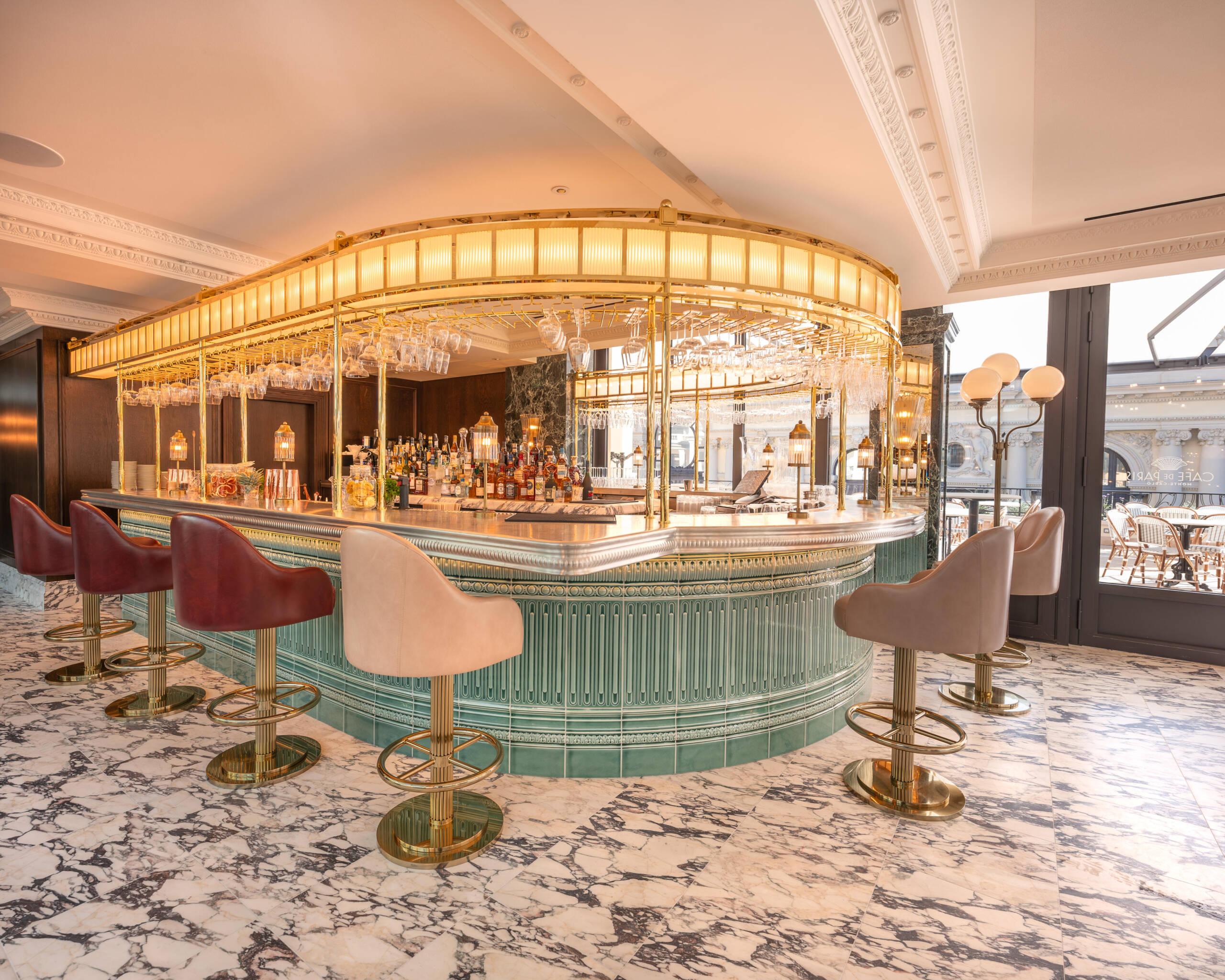
The Café de Paris restaurant bar
Another marble corridor leads to the spa and pool at the Thermes Marins, where we dodged the same ladies, now sans-chiens, doing their daily laps in the big, oval, indoor saltwater pool. The terrace outside is sufficiently sheltered to allow sunbathing year all round in this sunniest corner of the French Riviera (technically, of course, Monaco is its own country, but in practice it’s a node in the wealth hub of the Riviera). Very relaxing.
Read more: The intimate grandeur of the Grand-Hôtel du Cap-Ferrat
Even more relaxing was chilling on the rooftop terrace during a breakfast rich enough for any tycoon. Here you can pick from Chinese, Arabic or European specialities – and order from an eye-watering array of health dishes, essential for your longevity, which is a key topic for any Monaco resident – no point in having all that wealth if you don’t live in good health long enough to enjoy it. A lazy day could consist of moving from enjoying the morning sun at the breakfast terrace, to a swim, to enjoying the evening sun on your massive balcony along with some champagne from room service.

The view of the sea from the Hermitage terrace
Then you could head across the road, dodging the procession of Ferraris and Lamborghinis, for a light supper at Taera, in the neighbouring Hôtel de Paris. This is a funky, artful pop-up serving light and bright dishes like our delicious marinated seafood with coconut milk, coriander and cucumber. After Taera, we headed back to the Hermitage for a drink in the piano bar, a marvellous contrast of old-world formality – all dark colours, soft lighting and a chap having a drink with his niece on the banquette opposite. The Hermitage is this combination of old and new, the best of Monte-Carlo, and an experience and a vacation in itself.

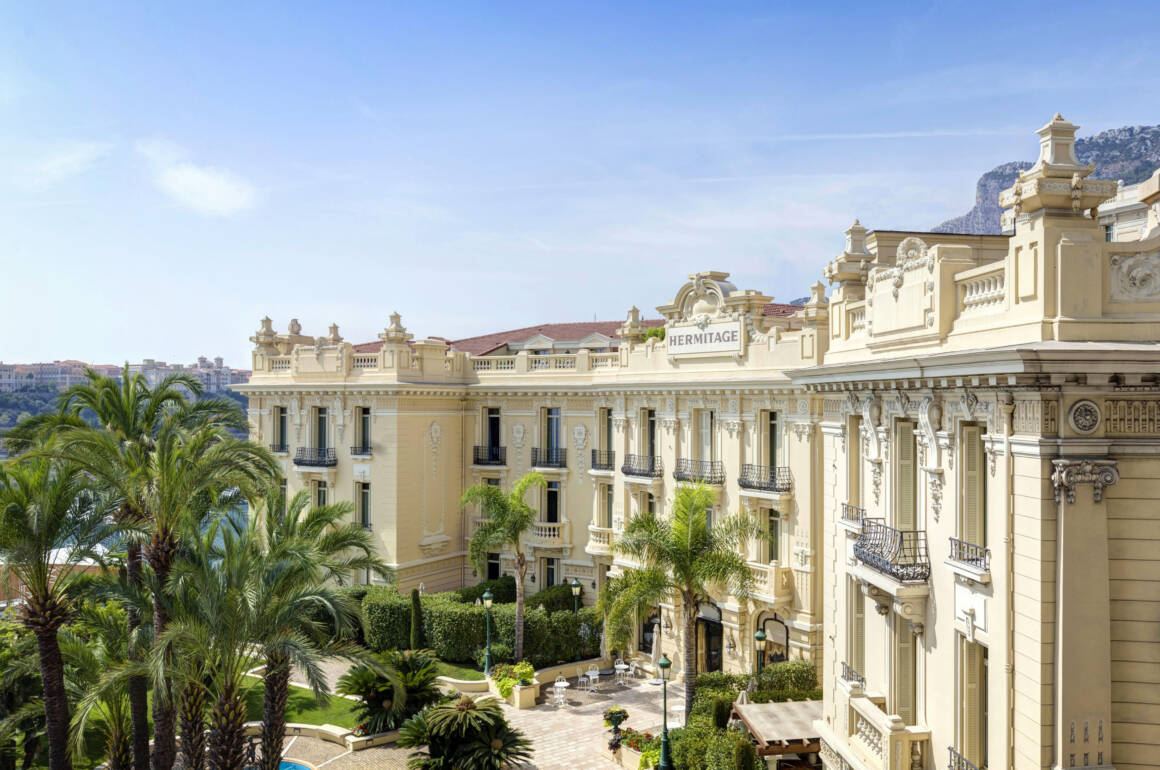
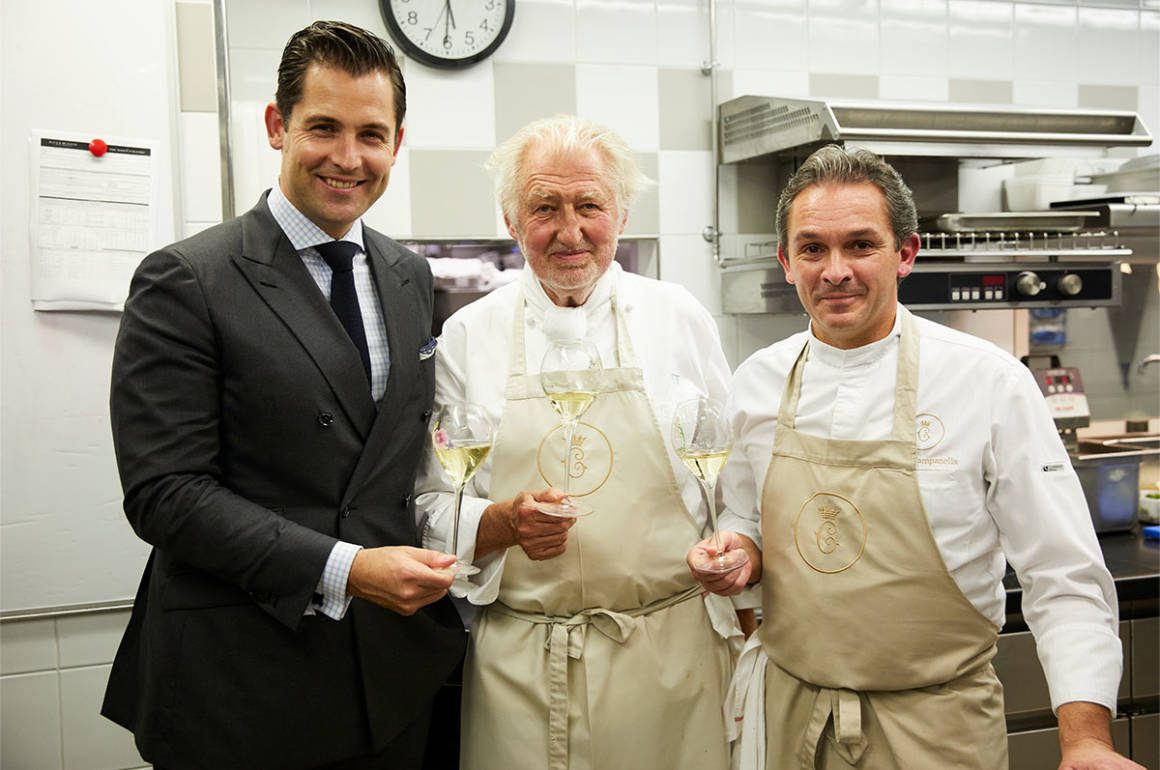
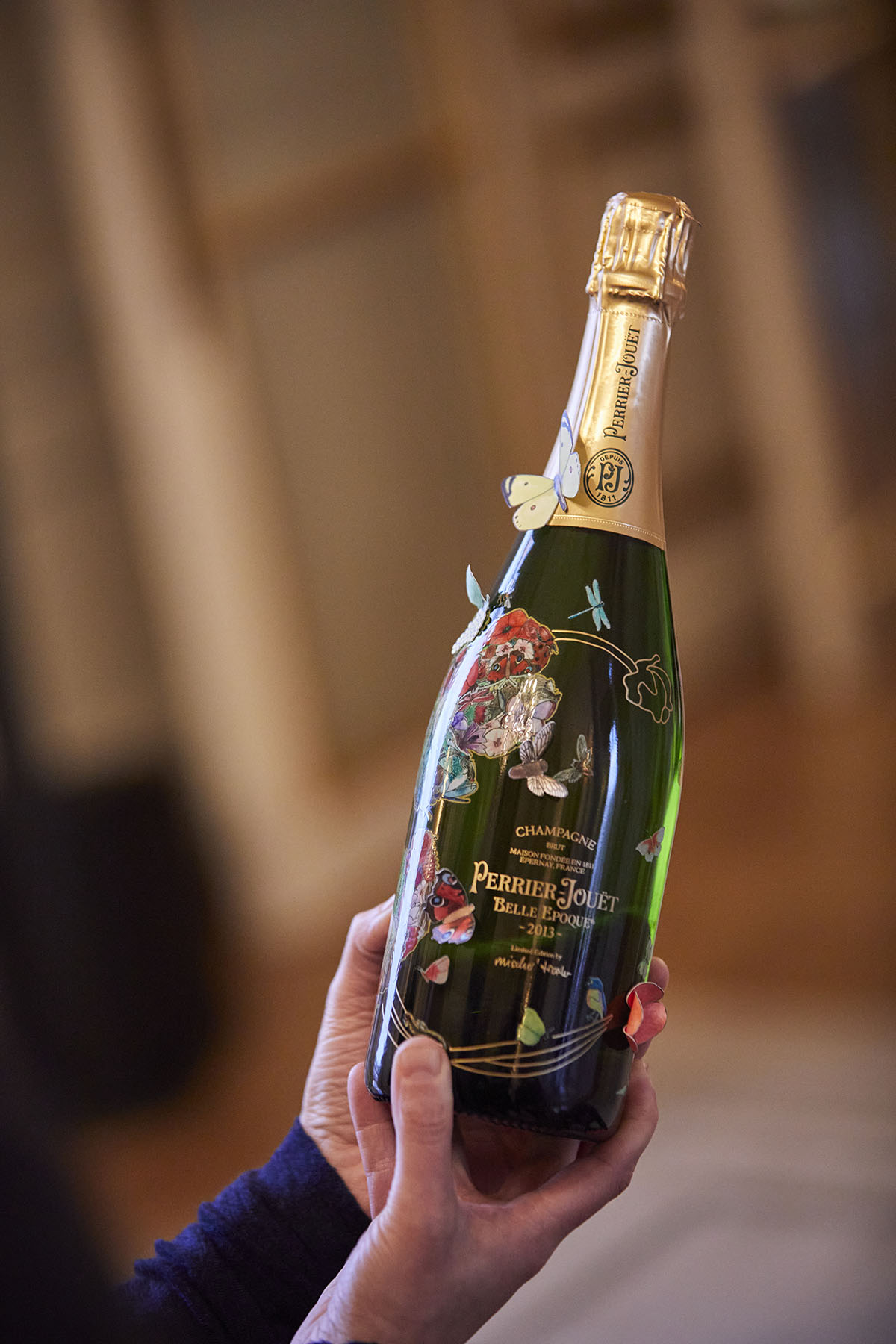
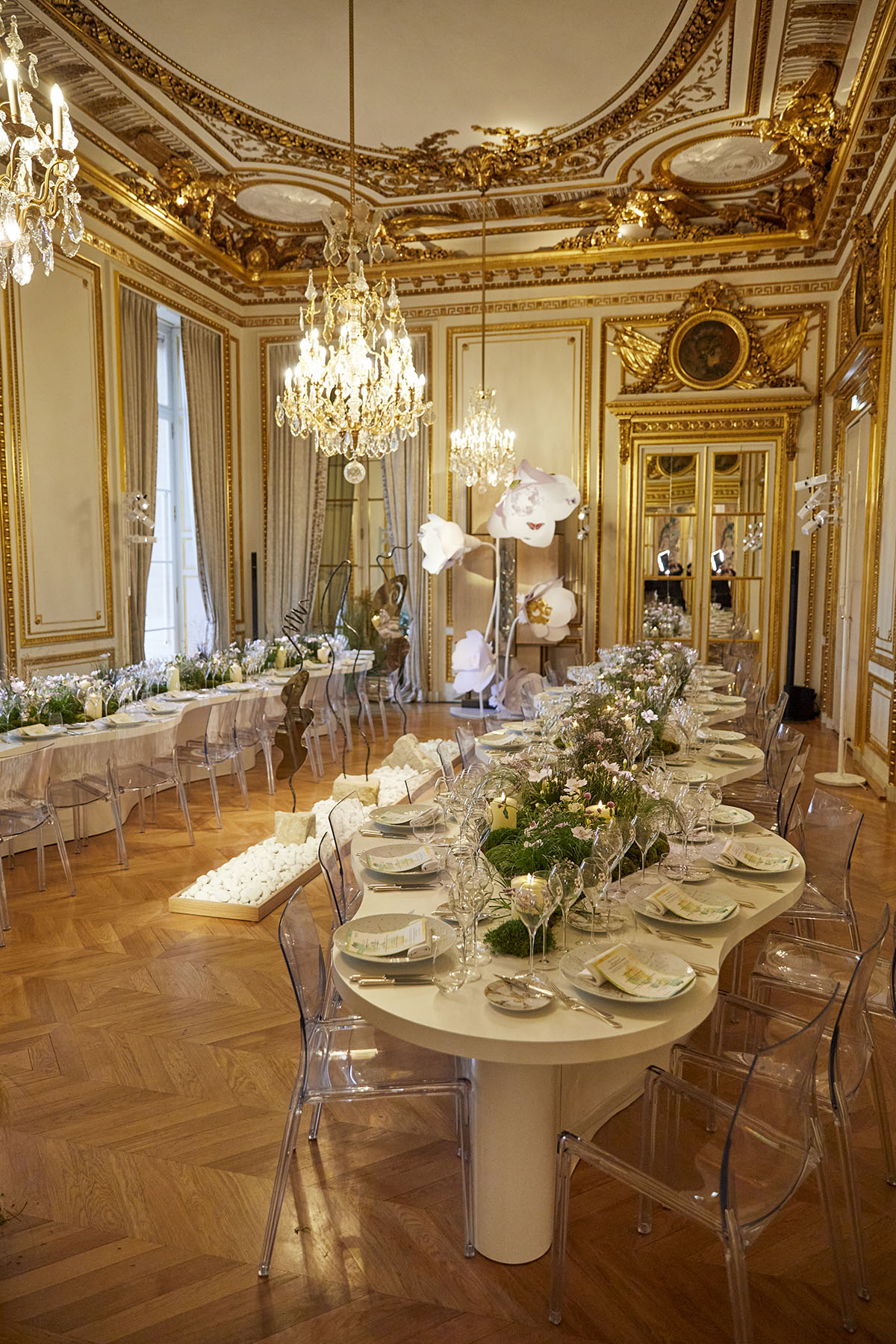
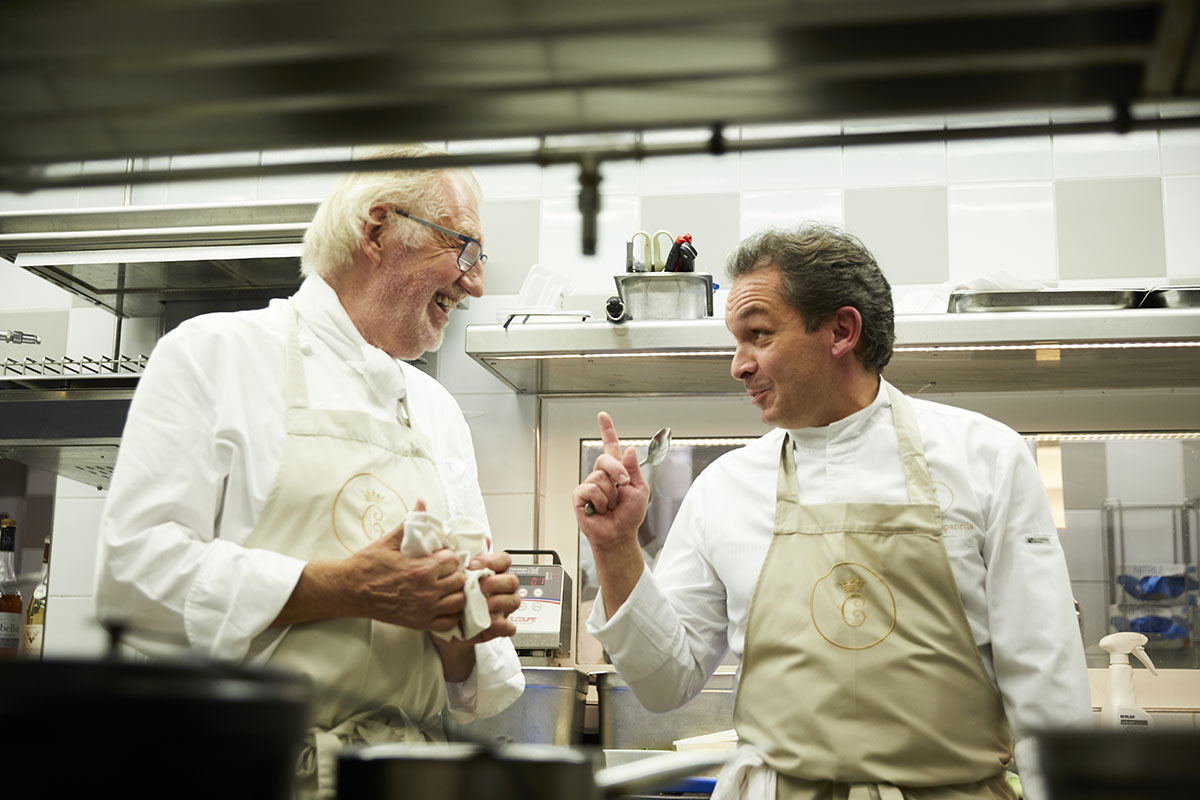
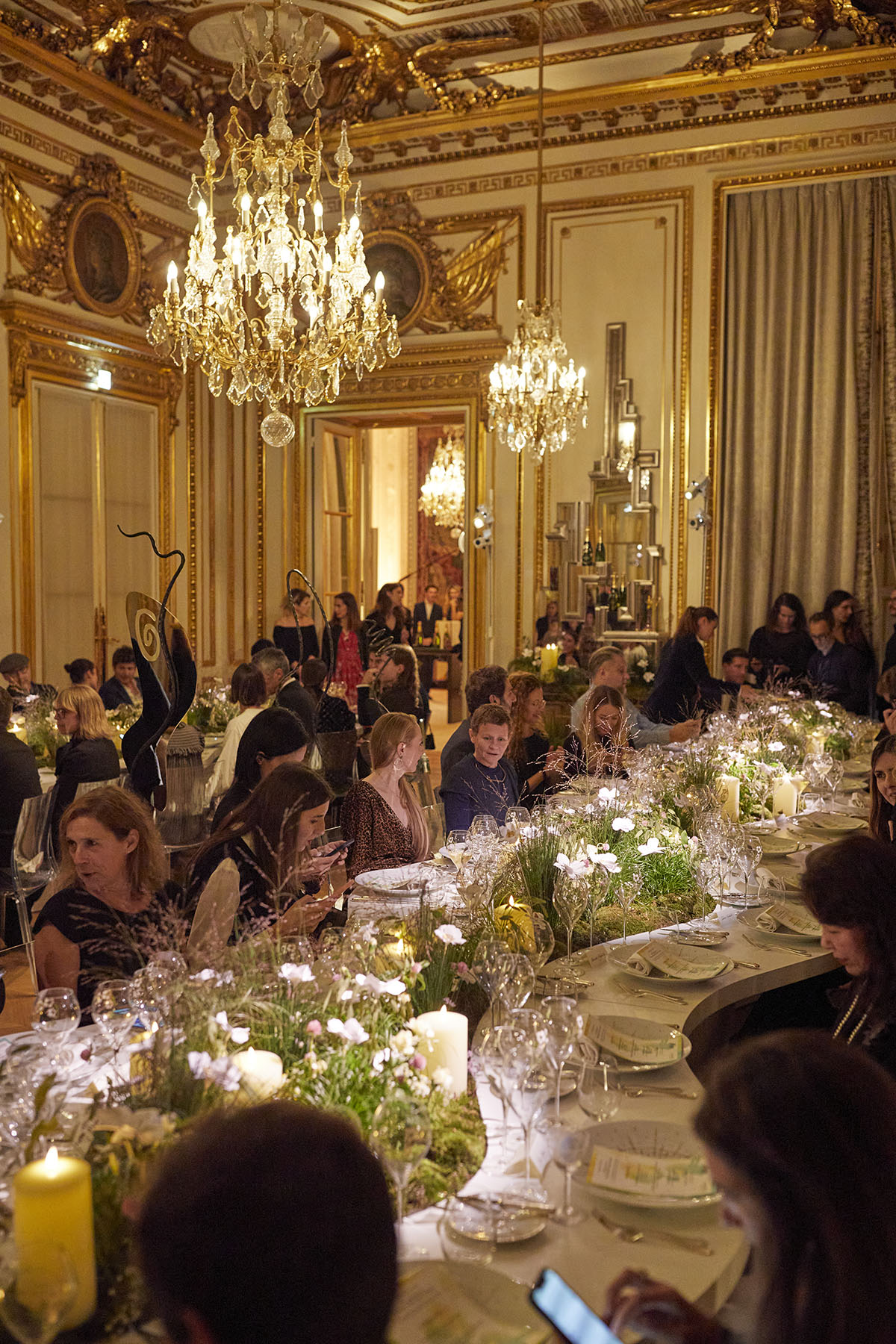





Recent Comments